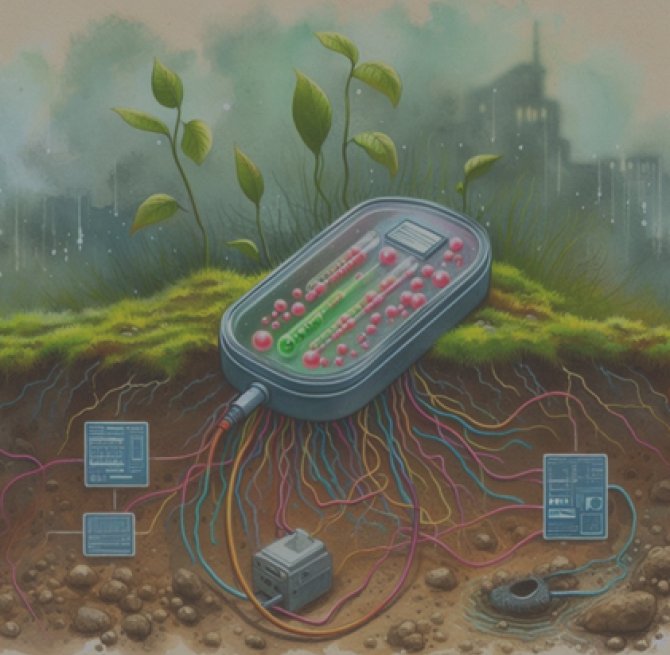
Project
BioSensei
Microbial biosensors represent a novel and modular strategy that allow in situ and real-time monitoring of a wide variety of analytes. In this project, we aim to construct a microbial whole-cell biosensor capable of sensing environmental pollutants. To achieve this, we will combine the natural sensing mechanisms that bacteria possess with synthetic genetic circuits.
Background
The result of anthropogenic activities, such as industrialisation, urbanisation and intensive agricultural practices have contributed to the increase in environmental pollution. Environmental pollutants affect the quality of air, water, and soil, threatening, in turn, human health and biodiversity. Monitoring of pollutants is key to assess the possible risks and potential harmful effects that pollutants have on people and on the environment. In BIOSENSEI we aim to produce a safe, practical, reliable technology in the form of microbial whole-cell biosensors (MWCB) that allows real-time and in situ monitoring of environmental pollutants.
MWCBs consist of genetically engineered bacterial chassis designed to sense specific inputs and produce a detectable signal.
Project description
In this project, synthetic biology, genetic engineering and molecular biology toolkits will be applied to design, build and test the sensing and processing unit of the MWCB. For the sensing unit, we will make use of the power of bioprospecting by looking at existing sensing mechanisms. We will focus on two sensing mechanisms: external sensing with membrane proteins, such as bacterial two-component systems (TCS); and internal sensing by exploring different allosteric transcription factors (aTF). We will also include the use of rational engineering, adaptive laboratory evolution (ALE) and in silico predictions to generate synthetic chimeric receptors and regulators.

For the processing unit, we will make use of RNA-based molecular tools, such as CRISPR-Cas mechanism and toehold switches, to increase tunability and improve the transduction cascade. Furthermore, complex genetic circuitry will be also explored in order to minimize noise of gene expression and allow reliable colorimetry or electrochemical output(s).